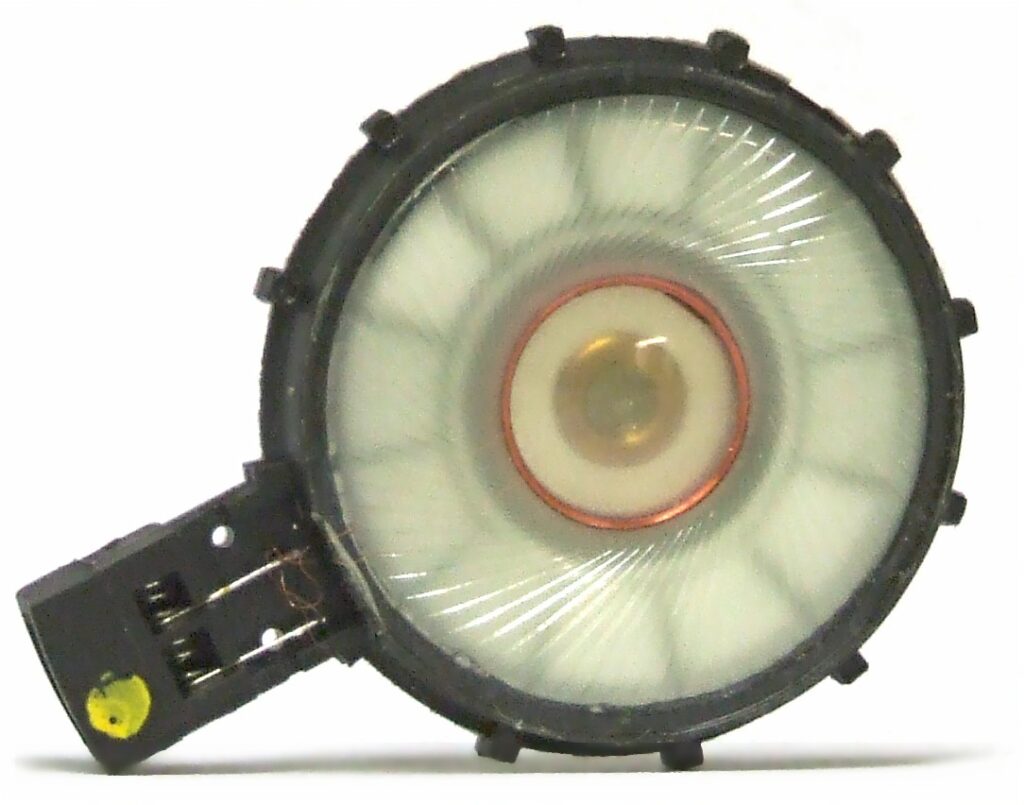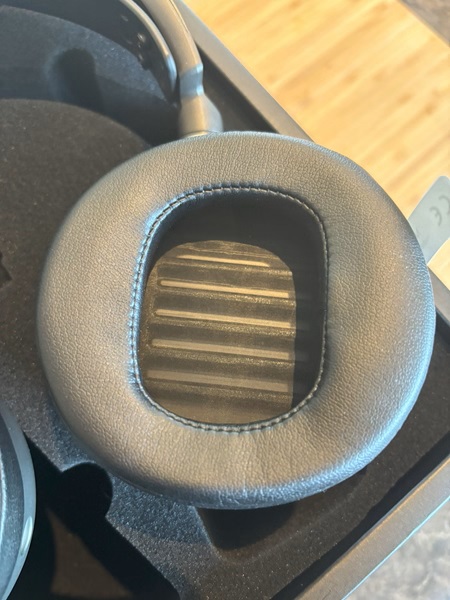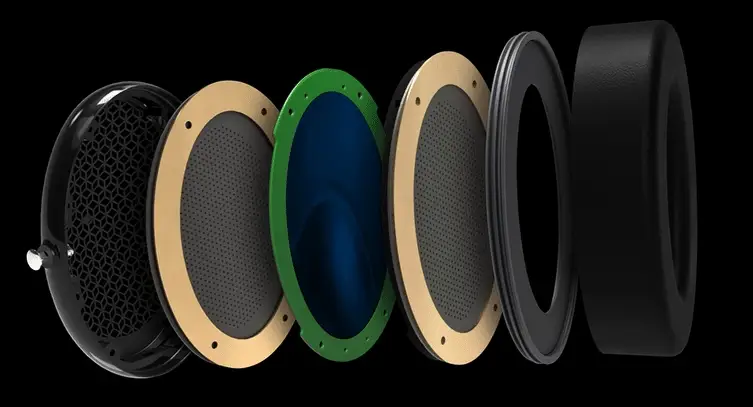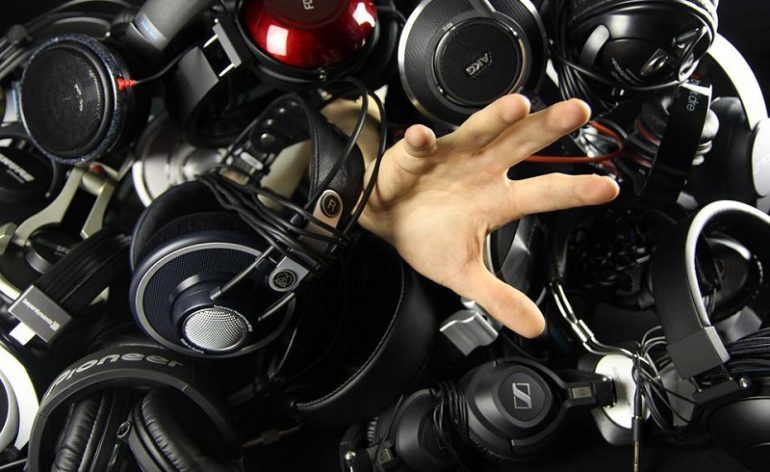I Must Use Headphones – What’s Most Important? Part 3 – Sound Quality
When it comes to choosing the right pair of headphones, sound quality is arguably the most important factor. No matter how comfortable or stylish a pair may be, poor sound can ruin the listening experience. But what exactly defines sound quality, and how do different headphone driver technologies impact it? In this third part of our series, we’ll dive into the various driver types—planar magnetic, dynamic, and electrostatic—and how they shape the sonic experience. In part three of our I must Use Headphones series we look at sound quality. Let’s discuss!
Dynamic Drivers: The Industry Standard
Dynamic drivers, also known as moving-coil drivers, are by far the most common type found in headphones. They function using a diaphragm attached to a voice coil, which moves within a magnetic field to produce sound.

Dynamic driver headphones range from budget-friendly models to high-end offerings, with sound quality heavily influenced by tuning, materials, and design. If you’re looking for a solid all-rounder without breaking the bank, dynamic drivers are a great place to start.
Plus, chances are that you have already listened to a pair since they are typically the most widely used driver in most popular headphones.
Pros:
- Affordable and widely available
- Capable of producing deep bass
- Efficient and easy to drive (no need for an external amplifier in most cases)
Cons:
- Can suffer from distortion at higher volumes
- Less detail and clarity compared to planar magnetic or electrostatic drivers
Planar Magnetic Drivers: The Audiophile’s Choice
Planar magnetic headphones operate on a different principle, using a large, thin diaphragm with embedded conductive traces that interact with a magnetic field. This results in an evenly driven diaphragm, reducing distortion and improving accuracy.

Planar magnetic headphones have gained a strong following among audiophiles, especially in open-back designs where they truly shine in terms of soundstage and imaging. Brands like Audeze and Monoprice have helped popularize this technology, making it a staple for critical listening.
Pros:
- Exceptional clarity and detail
- Low distortion, even at high volumes
- More accurate and natural bass response
Cons:
- Typically heavier and bulkier than dynamic driver headphones
- Require more power—often need an external amplifier
- More expensive than most dynamic driver headphones
Electrostatic Drivers: The Pinnacle of Detail
Electrostatic headphones are the least common but offer the highest level of detail and transparency. They work by suspending an ultra-thin diaphragm between two electrically charged plates, creating a field that moves the diaphragm to produce sound.

Electrostatic headphones are often considered the holy grail for purists who prioritize absolute precision and clarity over everything else. Models like the legendary Sennheiser HE-1 (Orpheus) set the gold standard but come with hefty price tags and the need for proprietary amplification.
Pros:
- Unparalleled clarity and resolution
- Extremely fast transient response
- Near-zero distortion
Cons:
- Require specialized (and often expensive) amplifiers
- Costly and not as widely available
- Typically not ideal for bass-heavy music without EQ adjustments
Our Take
Selecting the right headphone type depends on your personal listening preferences and use case. If you want a versatile, easy-to-drive option with good bass, dynamic drivers are the way to go. If you’re after high-fidelity sound with deep, controlled bass and low distortion, planar magnetic headphones are an excellent choice.
No matter which type you choose, the most important factor is how they sound to you. The best way to decide is to listen for yourself—because at the end of the day, sound quality is a personal experience.


